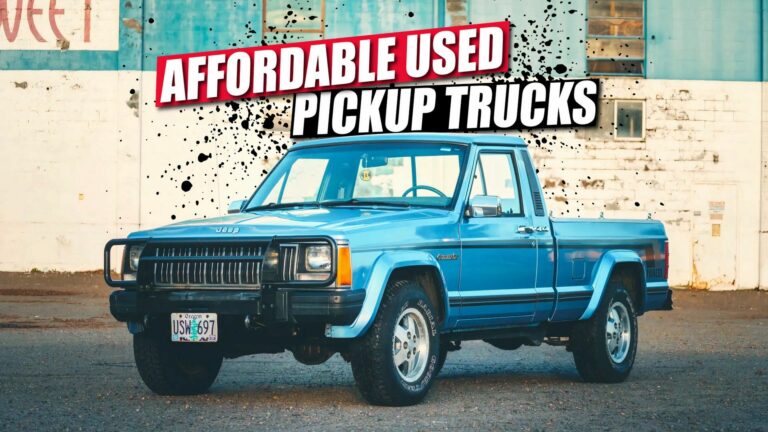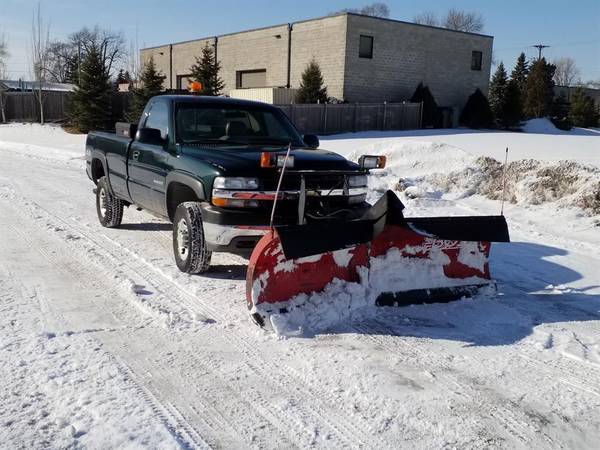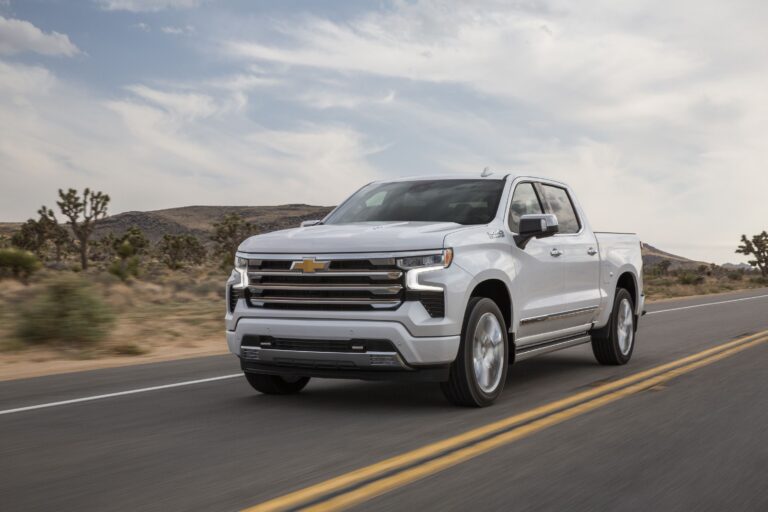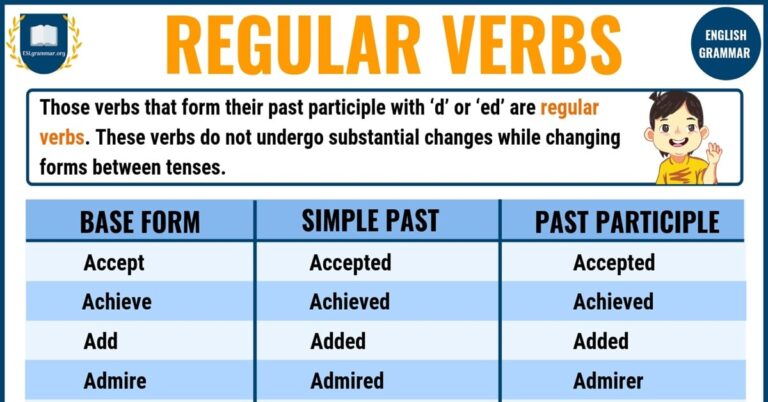The Ultimate Guide to the Truck Cap Size Interchange Chart: Finding Your Perfect Fit
The Ultimate Guide to the Truck Cap Size Interchange Chart: Finding Your Perfect Fit cars.truckstrend.com
For truck owners, a cap (also known as a camper shell, truck topper, or truck canopy) is more than just an accessory; it’s a vital extension of their vehicle, transforming an open bed into a secure, weather-protected storage area. Whether you’re a contractor needing to secure tools, an outdoor enthusiast hauling gear, or a family planning a road trip, a truck cap offers unparalleled utility. However, the journey to finding the right cap can often be fraught with confusion, especially when navigating the vast landscape of used caps or exploring options beyond brand-new, custom-ordered models. This is where the Truck Cap Size Interchange Chart becomes an indispensable tool.
At its core, a Truck Cap Size Interchange Chart is a comprehensive reference guide that helps truck owners determine which truck caps, often designed for specific makes, models, and years, can also fit other vehicles due to shared bed dimensions or similar design characteristics. It’s a roadmap through the often-complex world of truck bed compatibility, offering clarity and opening up a world of possibilities beyond the obvious. Understanding and utilizing such a chart can save you significant time, money, and frustration, ensuring you secure a cap that not only fits perfectly but also meets your functional and aesthetic needs.
The Ultimate Guide to the Truck Cap Size Interchange Chart: Finding Your Perfect Fit
Understanding the Basics: What Makes a Truck Cap Fit?
Before diving into the intricacies of an interchange chart, it’s crucial to grasp the fundamental dimensions and design elements that dictate whether a truck cap will fit your vehicle. A cap isn’t a one-size-fits-all solution; even subtle variations in truck bed design can render a cap incompatible.
The primary factors determining cap fit include:
- Bed Length: This is the most critical dimension. Truck beds come in various standard lengths (e.g., 5.5 ft, 6.5 ft, 8 ft), often referred to as "short bed," "standard bed," or "long bed." Caps are molded precisely for these lengths.
- Bed Width: This refers to the width of the truck bed across the top rails. While less variable than length, differences of even an inch or two can lead to an improper seal or an unsightly overhang/underhang.
- Cab Height and Style: Caps are typically designed to match the height and contour of the truck’s cab.
- Cab-High: Sits flush with the top of the truck cab, offering a streamlined appearance.
- Mid-Rise: Slightly taller than the cab, providing a bit more internal volume.
- High-Rise (or High-Top): Significantly taller than the cab, maximizing cargo space, often preferred for commercial use.
Matching the cab height is crucial for aesthetics and aerodynamics.
.jpg/580px-Freightliner_M2_106_6x4_2014_(14240376744).jpg)
- Bed Rail Contours and Tailgate Angle: Modern truck beds feature unique rail cap designs (e.g., thicker plastic caps, integrated tie-downs) and tailgate angles that vary significantly between manufacturers and even model years. A cap must seal tightly against these contours to prevent water intrusion and provide a secure fit. The angle and shape of the cap’s rear opening must also align perfectly with the truck’s tailgate for proper closure and aesthetics.
- Body Lines and Styling: Beyond pure dimensions, caps are often styled to complement the specific body lines of a truck model, ensuring a cohesive and factory-like appearance.
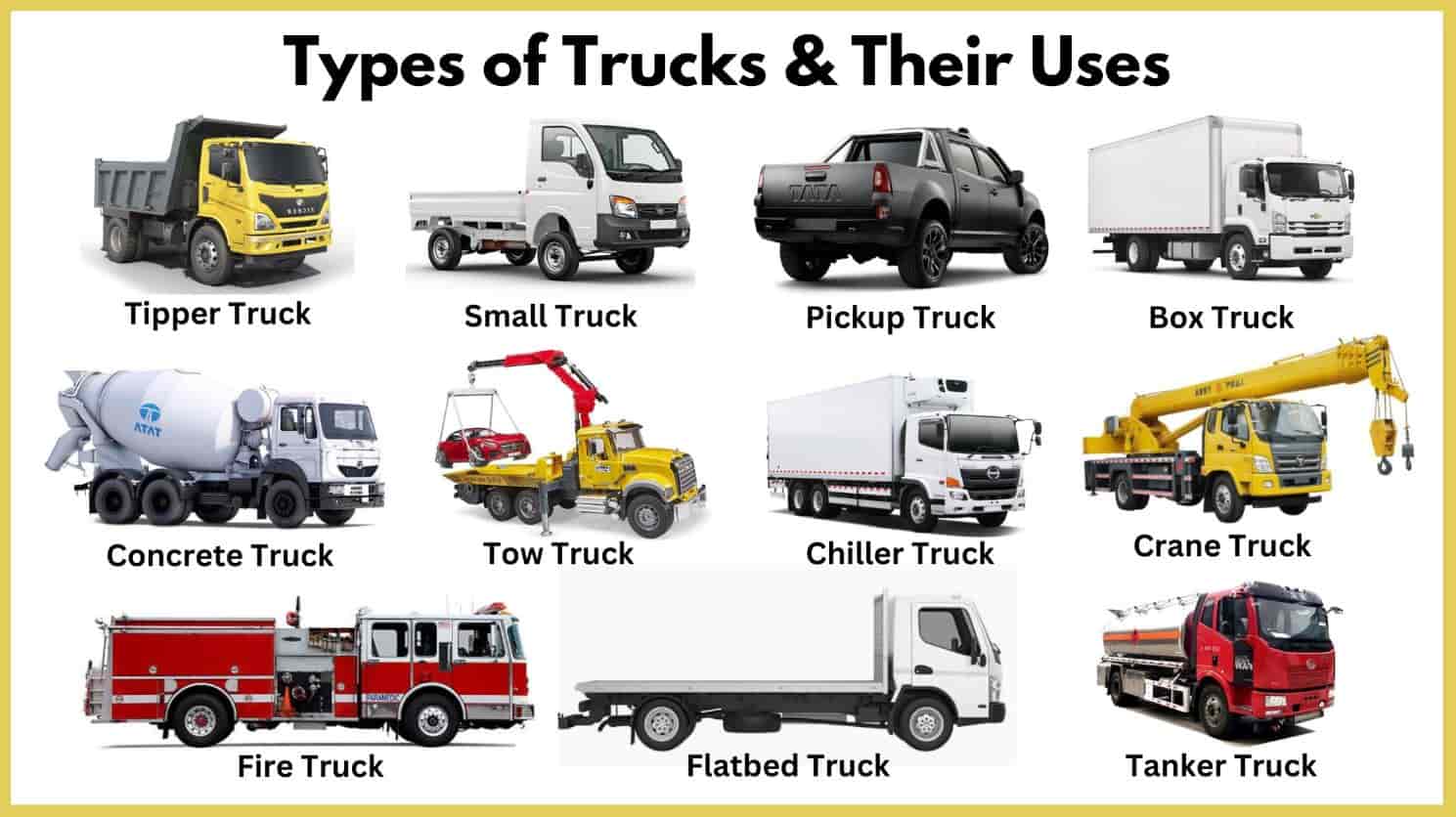
The complexity arises because while two different trucks might have similar bed lengths and widths, their bed rail profiles, tailgate angles, or cab contours can be sufficiently different to prevent a seamless fit. This is precisely why an interchange chart is so valuable – it helps decode these nuances.
The Anatomy of a Truck Cap Size Interchange Chart

A Truck Cap Size Interchange Chart is typically organized to cross-reference truck models with compatible cap dimensions or specific cap models/series from various manufacturers (e.g., ARE, Leer, Snugtop, Century). It functions by listing common truck models and their corresponding bed dimensions, alongside notes on which caps are known to fit or can be adapted.
Key data points you’d find in such a chart include:
- Truck Make and Model: E.g., Ford F-150, Chevrolet Silverado 1500, Toyota Tacoma.
- Year Range: Critical, as dimensions often change with new generations or even mid-cycle refreshes. E.g., 2004-2014, 2015-Present.
- Bed Length: Usually nominal (e.g., 5.5 ft, 6.5 ft) but sometimes includes precise measurements.
- Approximate Bed Width: Measured across the top rails.
- Compatible Cap Series/Models: If known, specific cap manufacturers’ models that fit.
- Notes on Fit/Interchangeability: This is where the real value lies. It might state "direct fit," "minor gap at tailgate," "requires specific mounting hardware," or "fits perfectly with slight shimming." These notes highlight the nuances beyond simple measurements.
Benefits of Utilizing an Interchange Chart
Leveraging a Truck Cap Size Interchange Chart offers numerous advantages for truck owners:
- Significant Cost Savings: The most compelling benefit. New truck caps can be expensive. By using an interchange chart, you can confidently explore the used market, where caps are often available at a fraction of the new price. A cap designed for a specific year of Ford F-150 might be a perfect, inexpensive fit for your Toyota Tundra if the dimensions align.
- Wider Selection: You’re not limited to caps explicitly advertised for your exact truck model and year. The chart expands your potential pool of compatible caps, increasing your chances of finding one that matches your budget, desired features (e.g., windows, lighting, roof rack), and aesthetic preferences.
- Informed Decision-Making: Instead of guesswork or trial-and-error, an interchange chart provides data-driven insights. This reduces the risk of purchasing an incompatible cap, saving you from wasted time, effort, and potential restocking fees if buying from a retailer.
- Enhanced Resale Value: If you decide to sell your truck or upgrade your cap in the future, knowing which other models your current cap fits can broaden your potential buyer base, making it easier to sell.
- Customization Opportunities: Sometimes, a cap from a different make/model might offer a unique look or feature set that isn’t available for your specific truck, allowing for a more customized setup.
How to Use a Truck Cap Size Interchange Chart Effectively
Using an interchange chart isn’t just about looking up numbers; it requires a systematic approach to ensure accuracy:
-
Step 1: Identify Your Truck’s Specifics:
- Make, Model, and Exact Year: Crucial for identifying the correct generation.
- Bed Length: Measure the inside length of your truck bed from the bulkhead (front of the bed) to the inside edge of the tailgate. Be precise!
- Bed Width: Measure the inside width of your truck bed across the top rails, usually at the front, middle, and rear to check for consistency.
- Cab Style: Note if it’s a regular cab, extended cab, or crew cab, as this influences bed length choices.
-
Step 2: Understand Cap Types and Your Needs:
- Decide if you want a cab-high, mid-rise, or high-rise cap. This affects aesthetics, cargo volume, and potential compatibility.
-
Step 3: Consult the Chart:
- Locate your truck’s make, model, and year range on the chart.
- Note down the associated bed dimensions and any specific cap models or notes provided.
- Then, look for other truck models that share very similar (or identical) bed length and width dimensions, paying close attention to any "notes on interchangeability."
-
Step 4: Cross-Reference Potential Caps:
- If you’re considering a used cap, identify the make, model, and year of the truck it originally came off.
- Find that truck’s information on the chart and compare its dimensions/notes to your truck’s.
-
Step 5: Verify Critical Dimensions (The Golden Rule!):
- ALWAYS, ALWAYS, ALWAYS verify the critical dimensions of the actual cap you are considering purchasing against your truck’s bed. Even with a chart, minor manufacturing tolerances or unlisted variations can exist.
- Key measurements to verify on the cap:
- Inside Length: From the front lip to the rear lip.
- Inside Width: Across the base of the cap where it sits on the bed rails (front, middle, and rear).
- Tailgate Opening Shape: Pay close attention to the contour and angle of the rear opening of the cap to ensure it aligns with your truck’s tailgate.
- Front Cab Contour: For cab-high caps, check if the front of the cap matches your truck’s cab shape.
-
Step 6: Consider Minor Adjustments:
- Even with a good fit, minor adjustments like thicker weather stripping, shims, or different clamping systems might be needed for a perfect seal or secure mount.
Key Considerations and Potential Challenges
While highly beneficial, using an interchange chart isn’t without its nuances and potential pitfalls:
- Year-to-Year Variations: Manufacturers often make subtle, unannounced changes to bed dimensions or rail caps during a model’s production run. A cap from a 2010 F-150 might fit a 2014 F-150 perfectly, but a 2015 F-150 (a new generation) will likely have a completely different bed.
- Brand-Specific Nuances: Different cap manufacturers (Leer, ARE, Snugtop, etc.) might have slightly different molding processes or design philosophies, leading to minor variations even for the "same" truck model.
- Tailgate Contours: The Achilles’ Heel: This is often the biggest challenge. A cap might fit the bed rails perfectly, but if the rear opening doesn’t match the angle and shape of your tailgate, you’ll have an unsightly gap or difficulty closing it.
- Cab Height Matching: While not a fit issue, a mismatch in cab height can look awkward. Pay attention to this for aesthetics.
- Accessory Compatibility: Wiring for dome lights, third brake lights, or power locks might differ. Mounting points for roof racks could also be specific.
- Condition of Used Caps: Used caps can warp over time due to sun exposure, especially if not stored properly. Warping can compromise the seal and overall fit. Always inspect a used cap thoroughly.
- "Close Enough" vs. "Perfect Fit": Decide your tolerance. A slight gap might be acceptable to some, but others demand a factory-perfect seal. Charts help you understand the likelihood of either.
Tips for Successful Cap Sourcing and Installation
- Measure Thrice, Buy Once: This cannot be stressed enough. Carry a tape measure and verify every dimension.
- Bring Photos: If shopping for a used cap, bring clear photos of your truck’s bed rails, tailgate, and cab line to compare.
- Ask for Donor Vehicle Info: Always get the make, model, and year of the truck the cap originally came from. This is vital for using the interchange chart.
- Inspect the Cap’s Condition: Look for cracks, damage, warped areas, and the condition of the seals and glass.
- Consider Professional Installation: While many caps are DIY-installable, professional installers ensure proper sealing, wiring (especially for third brake lights), and secure clamping, preventing leaks and ensuring safety.
- Weather Stripping is Your Friend: Always plan to replace or add new weather stripping between the cap and your truck bed rails for a watertight seal.
- Explore Common Platforms: Trucks built on the same underlying platform (e.g., Chevrolet Silverado and GMC Sierra of the same generation) often share identical bed dimensions, making interchangeability highly likely.
Illustrative Truck Cap Interchangeability Chart
This table is designed to illustrate the concept of interchangeability and highlight common shared dimensions. It is not exhaustive and should never replace precise measurements and verification before purchase. Actual fit can vary due to subtle year-to-year changes, bed liner thickness, or manufacturing tolerances.
| Truck Make | Truck Model | Year Range | Bed Length (Nominal) | Bed Width (Approx. Inner, at rails) | Common Cap Styles | Notes on Interchangeability & Fit Considerations |
|---|

